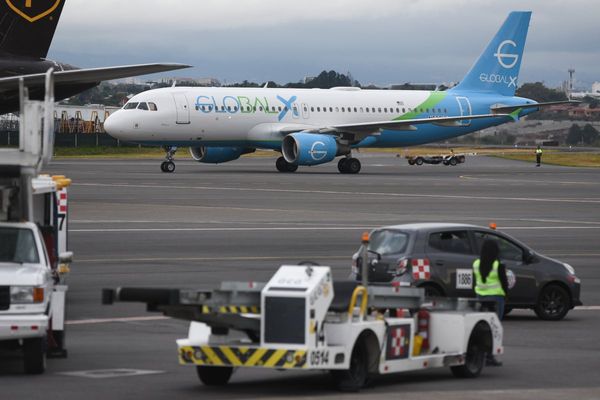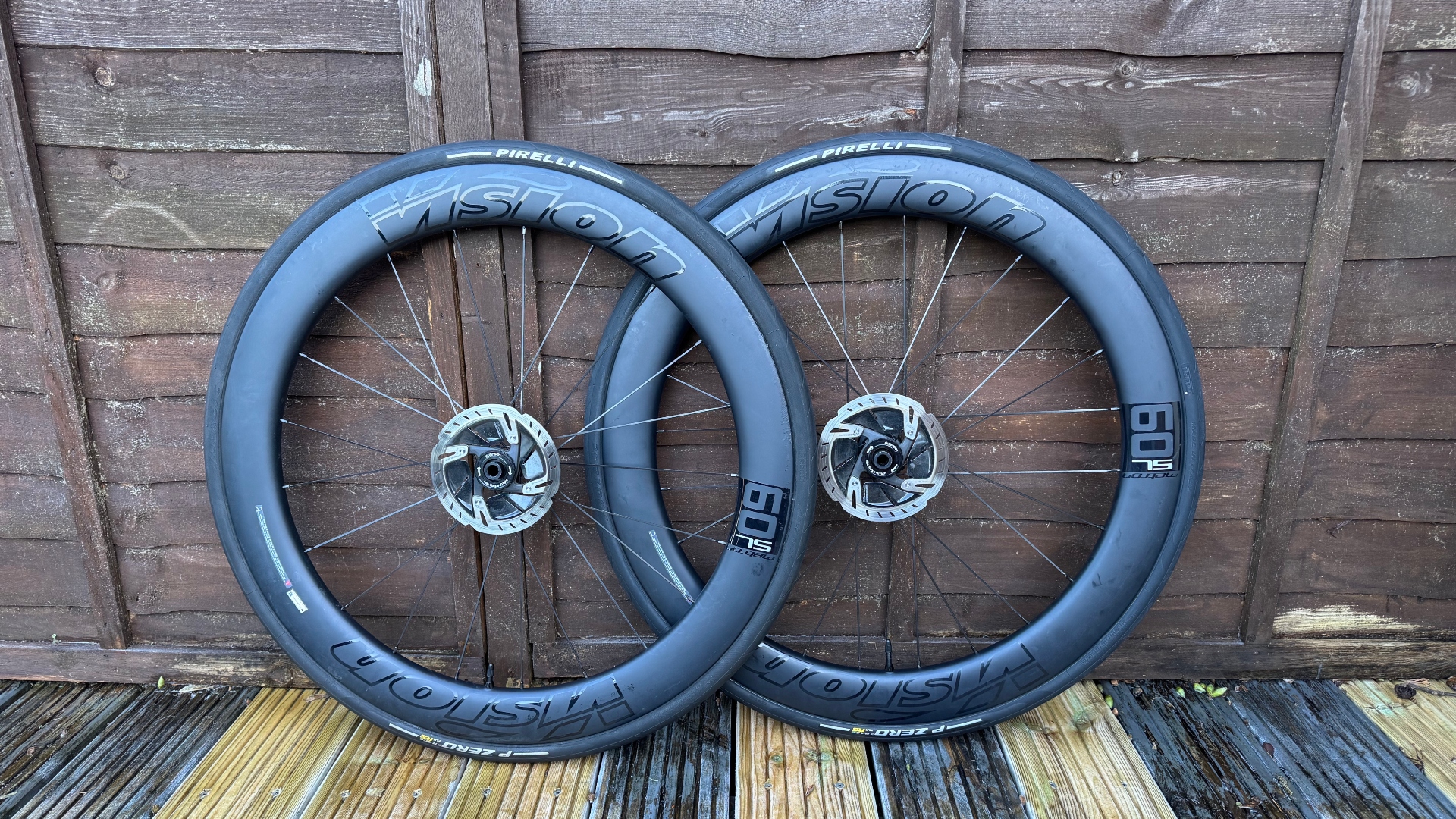
Vision’s latest update to its Metron line-up sees a big overhaul to bring these wheels up to date with the current crop of competition. The new Metron 60 SLs are the wheels that were used by Mark Cavendish to break the Tour de France stage win record last year and are used by several other WorldTour teams as well.
The construction
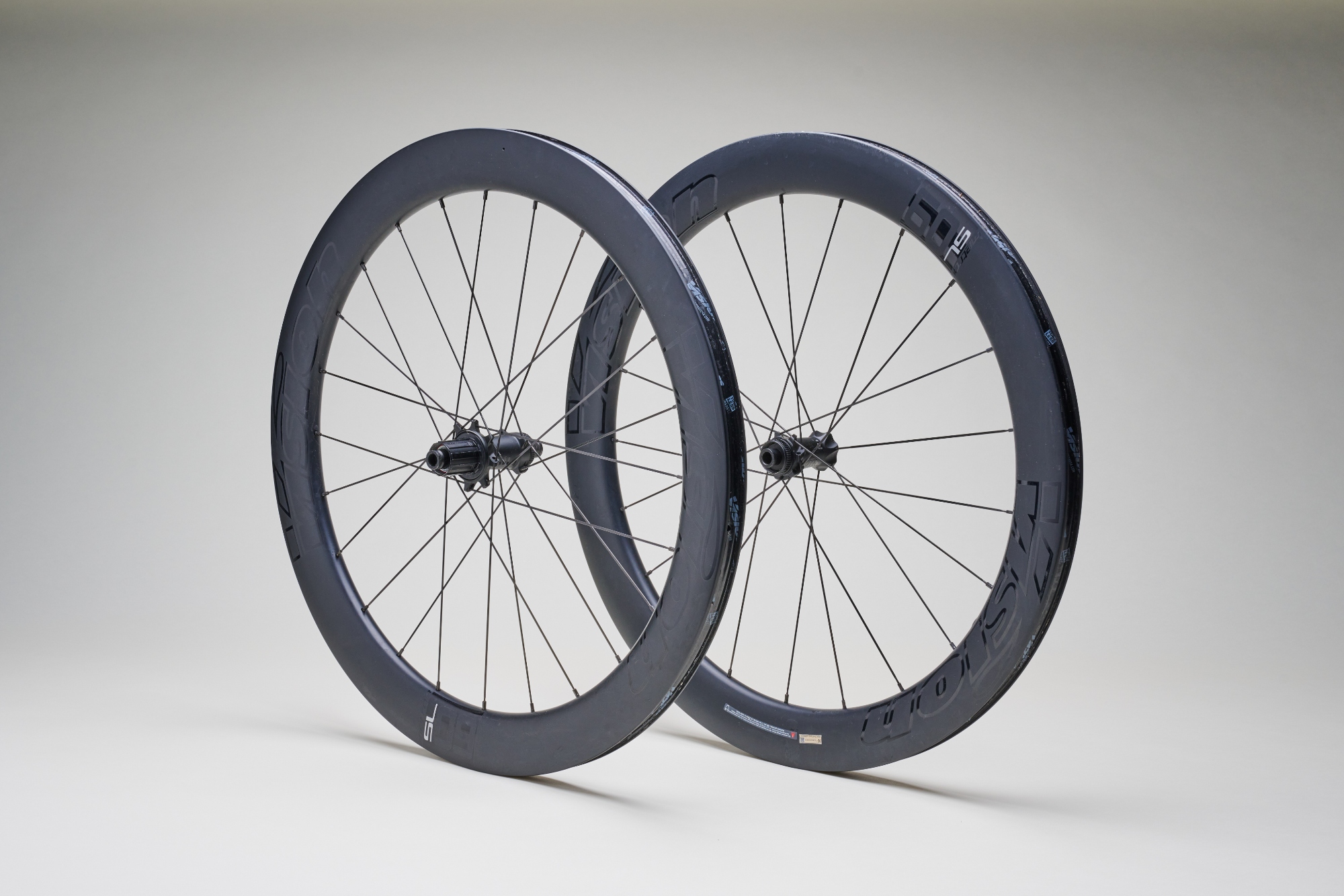
The key update to the new Metron SL is a revised rim profile, which sees the internal width go from 19mm up to 21mm. The external width is 32mm at the widest point and measures 29.5mm where the tyre sits on the rim.
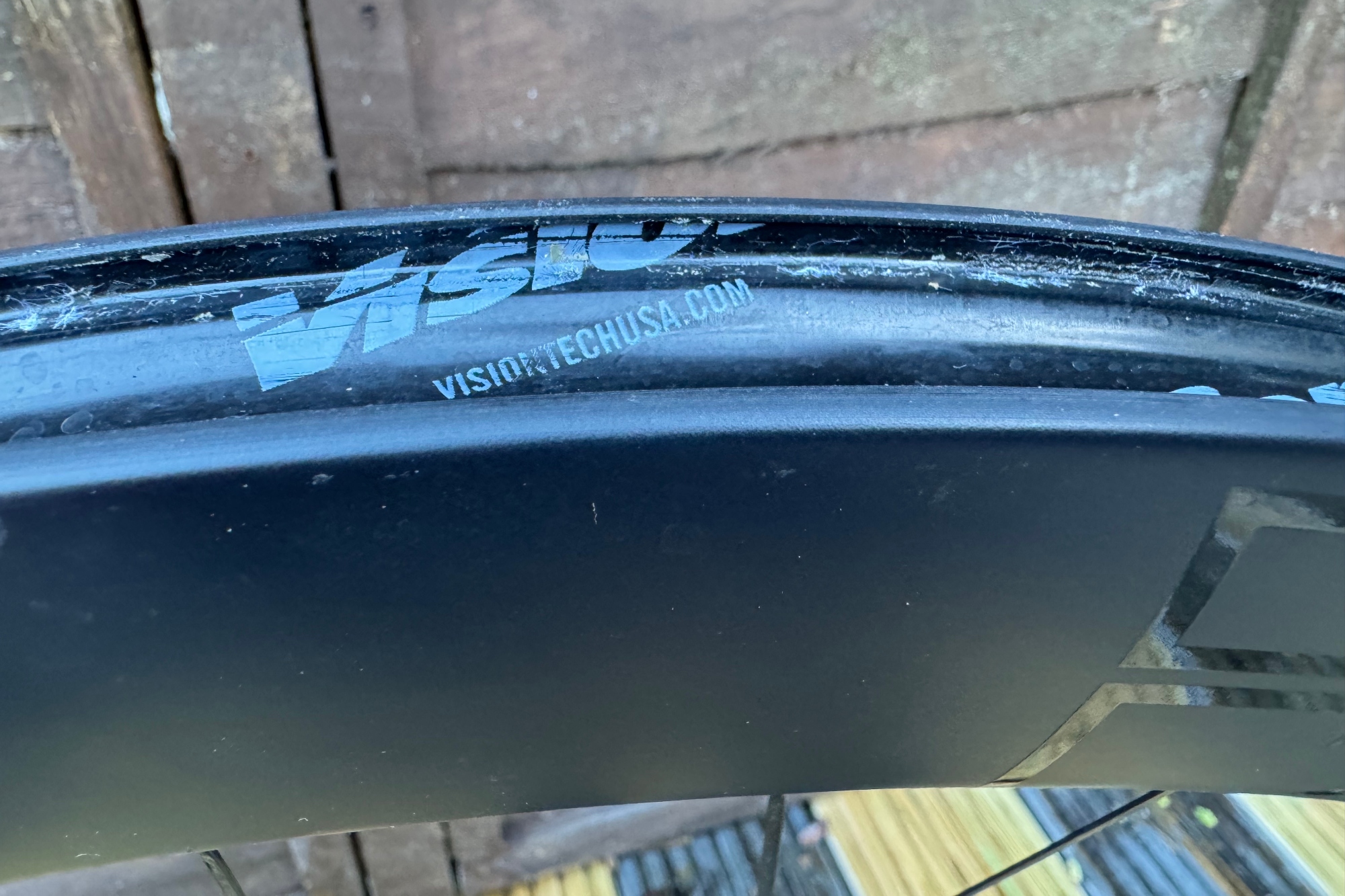
Both the front and rear rims feature the same design profile with a 60mm depth, and they remain hooked, resisting the trend towards hookless. For some, this may be seen as a lack of progressiveness, while others may rejoice at the continued use of a hooked rim. The profile has been designed to work most efficiently with 28mm tyres, although Vision gives no claims on how aerodynamic the wheels are, only stating that they have been designed using CFD and wind tunnel testing to make them fast and stable.
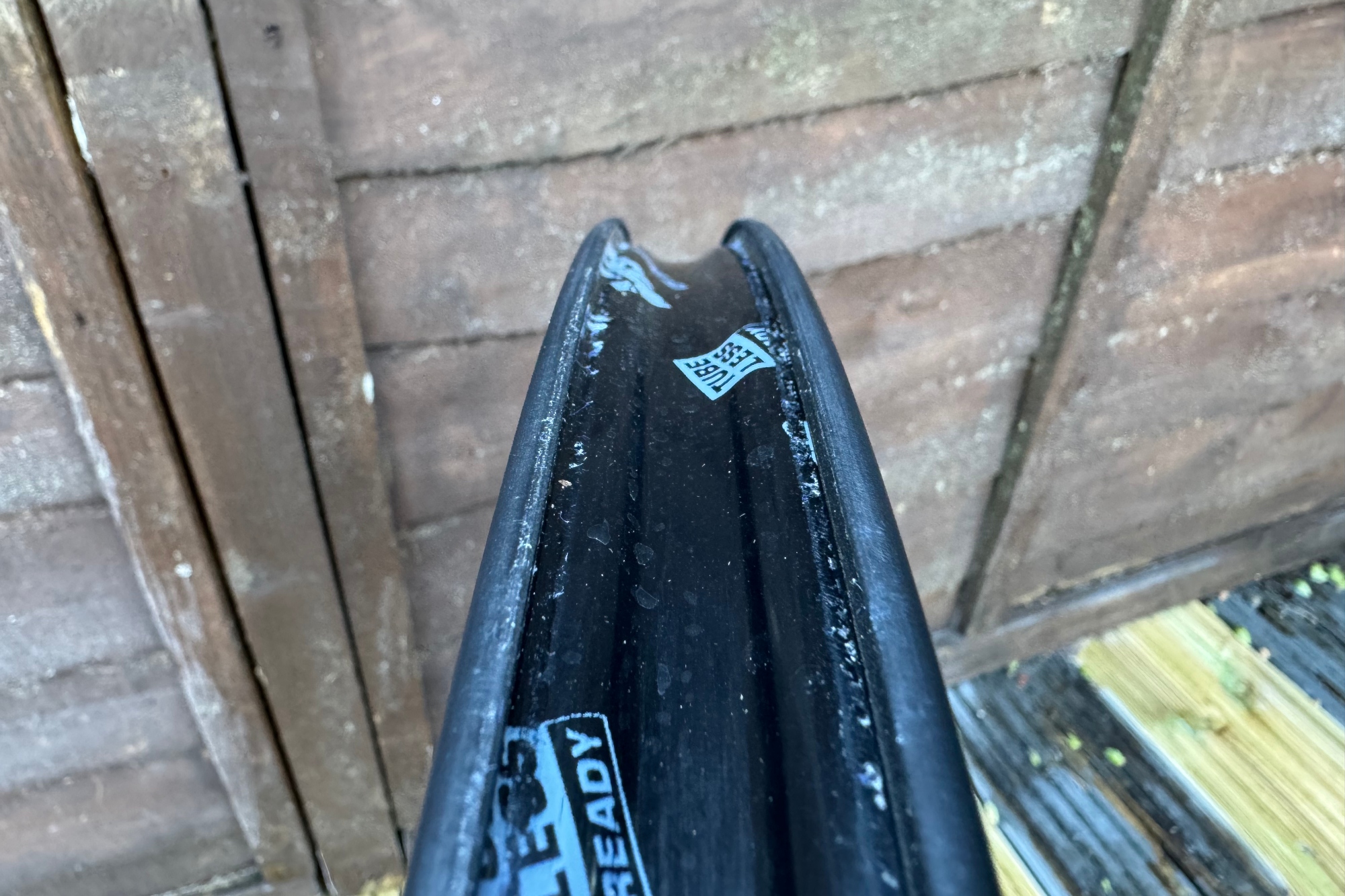
As with many new wheelsets, now the DT Swiss Star Ratchet patent has expired, Vision has moved to a ratchet hub design with their own PRS Hub featuring a Helical Clutch Ratchet. This is different to most ratchet designs in that the teeth are arranged at an angle. This hub uses 72 teeth for a 5-degree engagement angle, which is designed to offer rapid bite and acceleration with minimal friction and reduced parts for servicing. Internal bearings are sealed cartridge bearings.
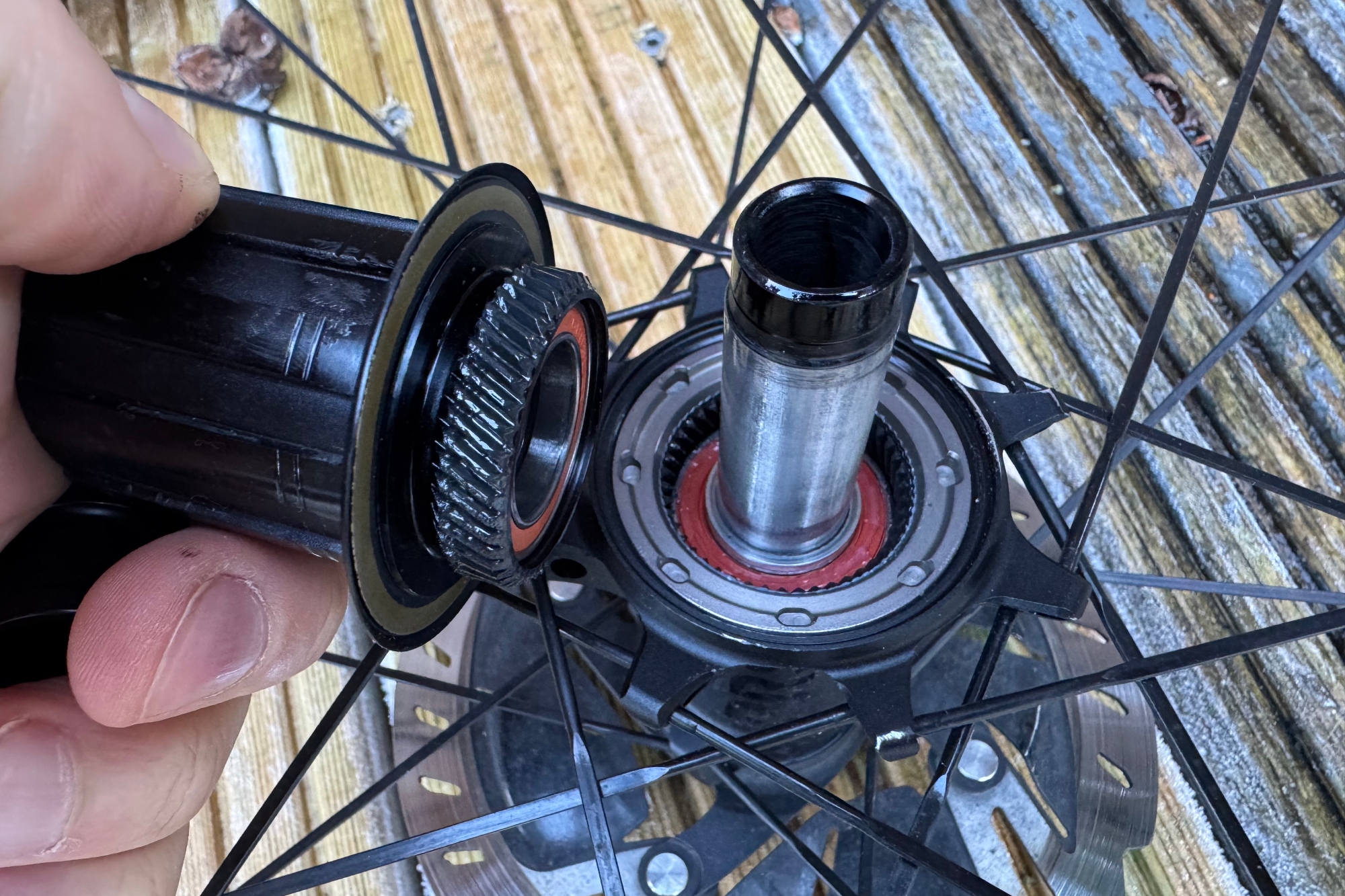
The front wheel uses 21 straight pull-bladed spokes with seven radial laced on the drive side, and 14 2-cross laced on the rotor side. The rear wheel uses 24 spokes with eight 1-cross on the rotor side, and 16 3-cross on the drive side. The claimed weight is 1590g, which appears accurate as these review wheels read 1603g on my scales including rim tape, valves, and a Shimano freehub.
The ride
First things first when it comes to wheels is fitting the tyres. Currently, I’ve been using the Pirelli P Zero Race TLR RS in 28mm for all my deep-section wheel testing, so I stuck with them for consistency.
A used tyre fitted very easily onto the front, with minimal force required, while a new one took a bit more to lever onto the rear, which is fairly standard. Once on, they were both able to be inflated using a track pump without removing the valve and held pressure well with a good spill of sealant in them.
The measured width for the tyres was true at 28mm on the 21mm internal width. They sat flush into the rim profile, which expands outwards slightly from 29mm at the rim edge to near 31mm midway into the rim depth. Some may want hookless, which Vision doesn't offer, but I’m not set on that tech yet as 70psi feels lacking in responsiveness for me. This is just personal preference.
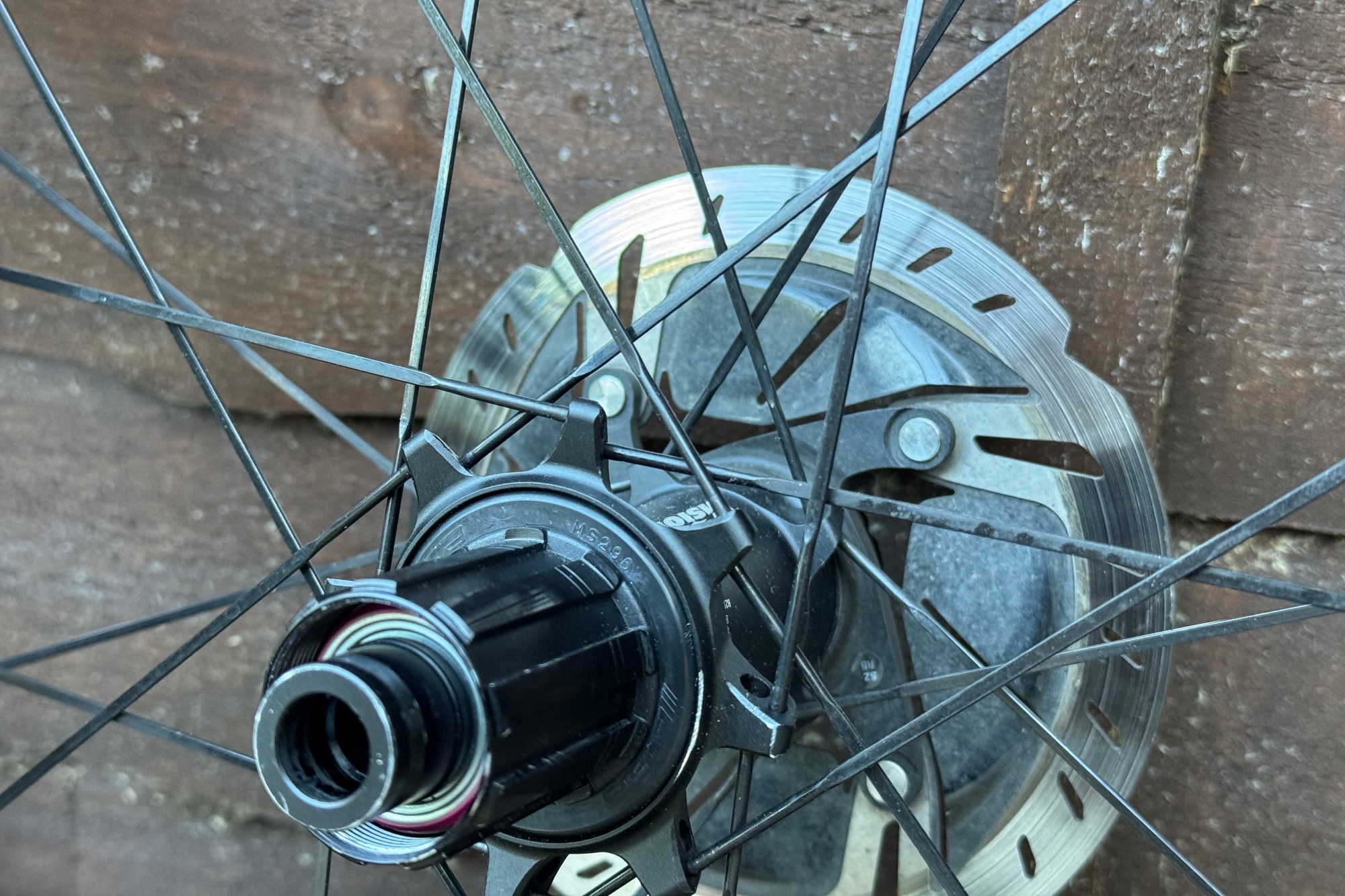
Out on the road, they feel pretty lively for a 1600g set of wheels. Part of this is likely down to their impressive stiffness. The spoke lacing is uneven on both front and rear, with a 2:1 ratio being used. The front wheel uses more on the rotor side, which are 2-cross, while the other is radial lacing. The rear uses more on the drive side with a 3-cross and 1-cross on the rotor side. Both the interlacing of spokes and increasing the number used on the side that experiences greater torsional force typically leads to a stiffer and more balanced wheel, and that certainly feels to be the case here. When it comes to banking over in corners the wheels are laterally stiff, while braking and accelerating are instant with higher torsional stiffness.
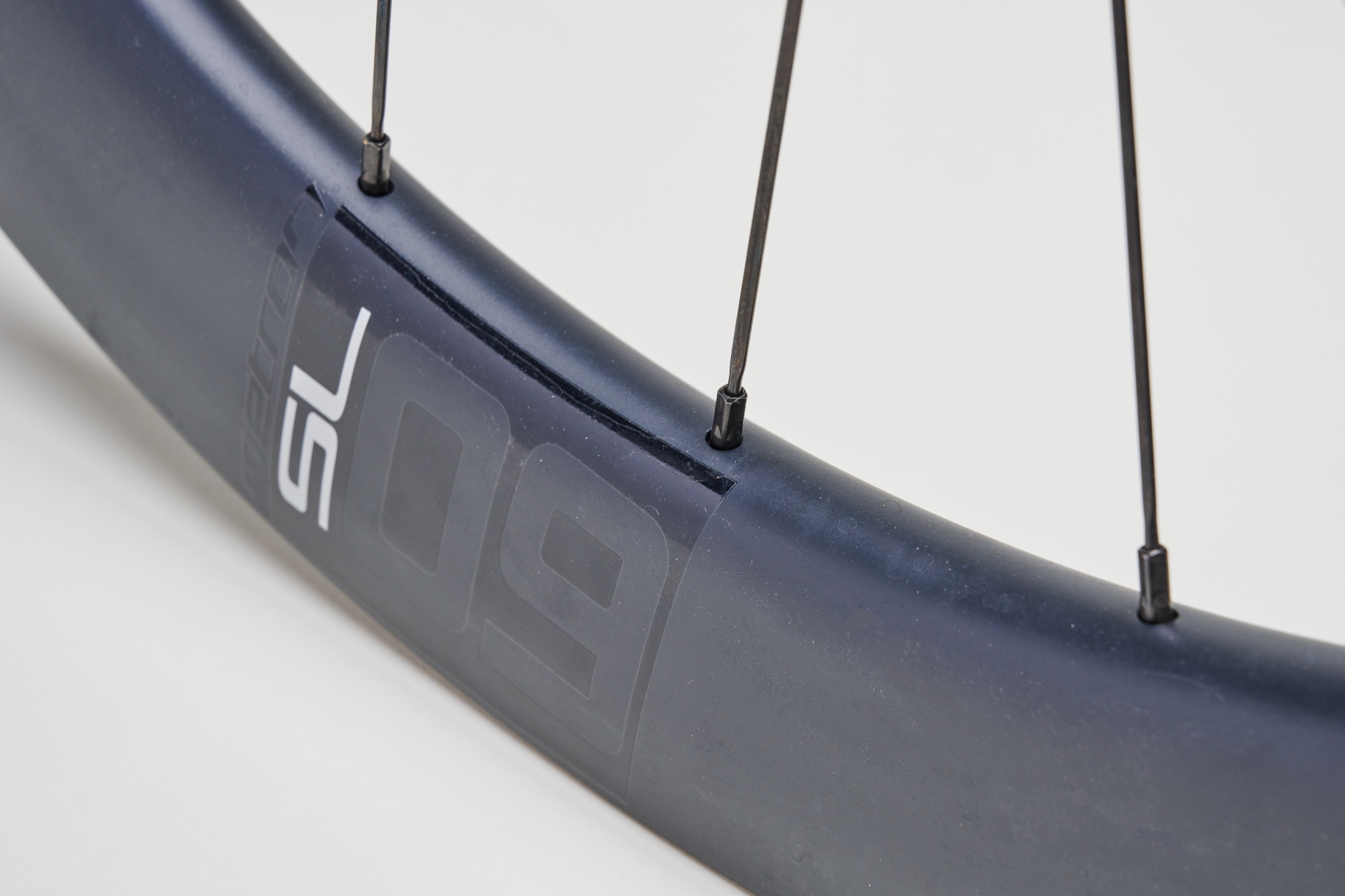
The hubs also impressed, with no brake rub on the rotor when accelerating. The acceleration is aided by the ratchet system, which picks up rapidly thanks to the 5-degree engagement. There are questions about the longevity of small teeth with a greater engagement rate, but I’ve yet to experience this issue. There are also questions about the coasting resistance of these systems, but I can’t really assess that and there is no tangible loss that I can feel. Fewer moving parts do make for easier and hopefully cheaper repairs and replacements though.
Vision says the wheels have been designed in the wind tunnel and with CFD, but there are no numerical claims regarding their performance. On the flats and downhills, they do feel to hold their speed well and certainly roll nicely.
Changes in air pressure, road surface, traffic, and terrain all impact day-to-day comparisons, so it's notoriously difficult to assess wheel performance. What is tangible is how they perform in cross winds, and this is where they impress because sixty millimetres is the sort of depth that can feel precarious in windy conditions. I am tall and weigh in the mid-70kg range, so can deal with crosswinds better than lighter riders, but the Metrons are superior to most in the wind. Even when I was hit by a big gust the wheels stayed stable, and I could feel a degree of sail effect when the wind direction was side on. I have also seen independent aero testing that backs this sensation up. While I wouldn’t ride 'no-handed' in cross winds with the 60 SLs, they inspire confidence which leads to greater speed.
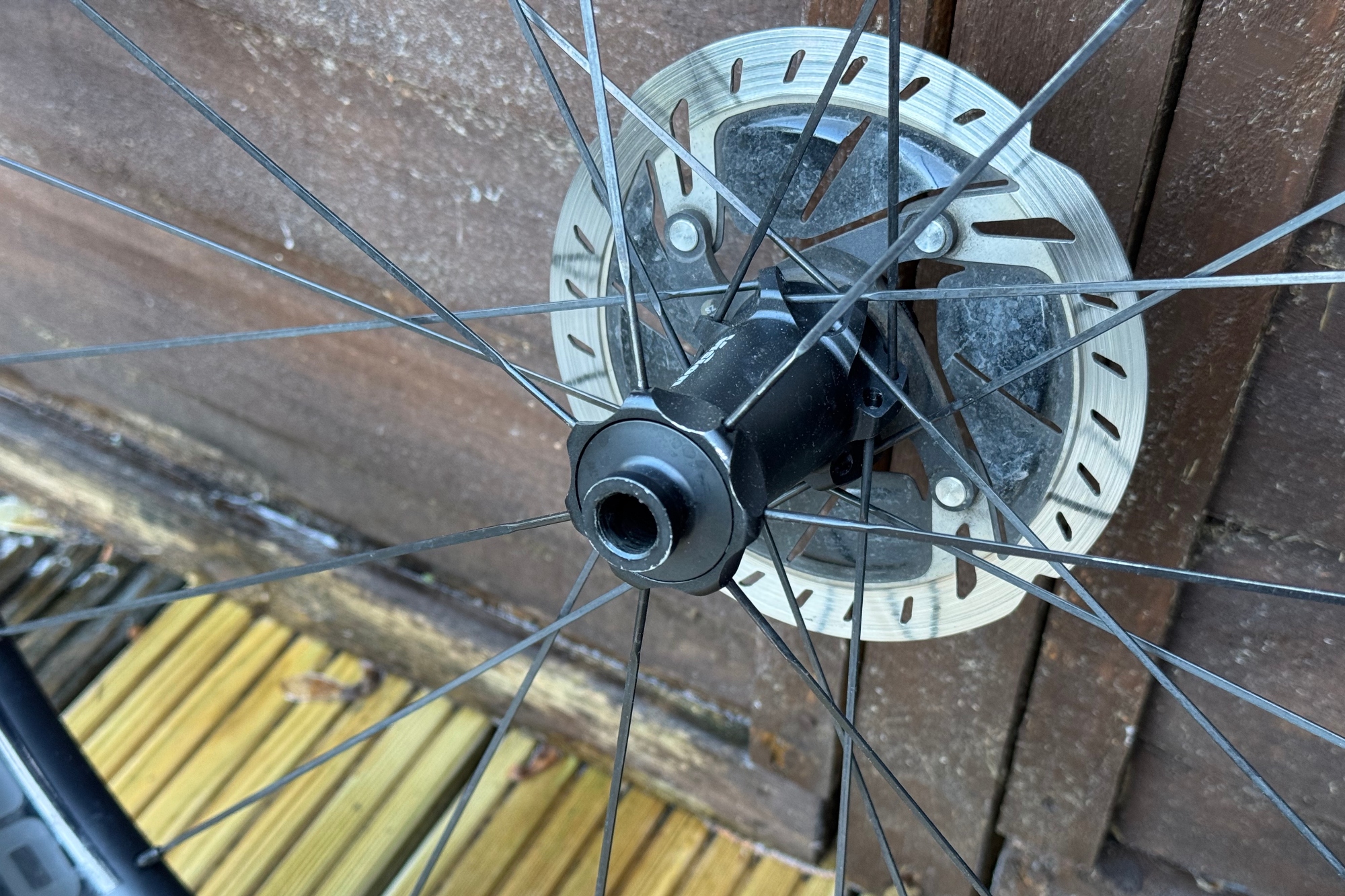
At this price point, and slightly higher, similar wheels from other brands tend to be a touch lighter than the 60 SL's 1,600 grams. I can’t say if this additional weight is at the hub or the rim; a heavier rim will feel heavier than a heavier hub when changing speed, as more rotational force is required.
This difference though is not as perceivable at a constant pace, and I can’t feel 100g of weight when climbing, even on steeper ascents. As a result, these wheels feel as good up inclines as many lighter wheels I've reviewed. This is likely helped by the spoke lacing pattern, which provides a level of stiffness well-suited to near-instant acceleration. Overall, they are a solid performer across the board.
Value and conclusion
In terms of value, £2,000 is a lot for a set of wheels. HUNT offers a similarly specced wheel, the 60 Limitless, which is the same depth but features ceramic bearings and carbon spokes. Saying that, they are ever so slightly heavier, but do use a larger rim width. Aero wheels from Roval, Zipp and Mavic all come in a bit lighter - generally, the more expensive they are the less they weigh.
In real-world riding, however, this difference is negligible, as is the presence of ceramic bearings in the HUNT and Roval wheels.
A benefit with Vision is its lifetime warranty on factory defects, and a lifetime crash replacement warranty which gives owners 30% off a new set of wheels. HUNT also has very good customer care, but based on my experience testing both I prefer the Metrons thanks to their stiffness.

